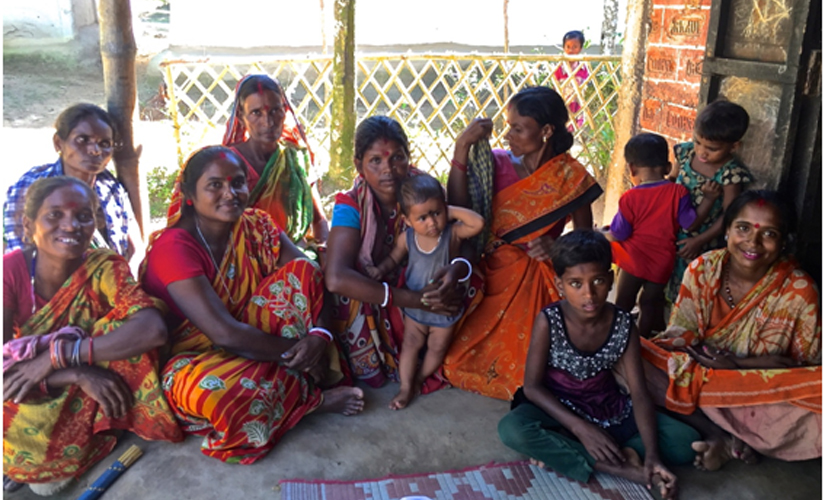
Child marriage: The worst form of slavery
The inescapable presence of child marriage that has persisted through the ages depicts the human rights crisis within India. The custom of marrying young children, particularly young girls, is found in various traditions and religions and is sustained by poverty, myths and misunderstanding. The current National and State Government programmes are ineffective in addressing this issue and the policy and monetary return packages have not successfully targeted the key factors that promote child marriage.
Due to the social effects of child marriage on young children, especially girls, child marriage was formally abolished in 1929, with the enactment of the Child Marriage Restraint Act (CMRA). However, as a result of the CMRA's ineffectiveness, new legislation was enacted 77 years later, in the form of the Prohibition of Child Marriage Act, 2006 (PCMA, 2006). The PCMA, 2006 defines a child to mean a male below 21 years and female below 18 years. This ‘marriageable age’ is derived from traditions where women were married off to older men. Despite existing laws, child marriage continues to be practiced openly across India and the world to date, with thousands of young girls and boys getting married with complete support of the family and society.
‘Child marriage is a truly global problem that cuts across countries, cultures, religions and ethnicities. Child brides can be found in every region in the world, 1 from the Middle East to Latin America, South Asia to Europe.’ The 2011 Census of India estimates that 33% of women are married before their 18th birthday, despite the existence of the PMCA. There are higher percentages of child marriages within rural areas than in urban areas. This indicates isolation, lack of education, and economic instability as contributing factors to the prevalence of child marriage. The causes of child marriage become an interrelated web of societal issues, including economic struggles, traditional and gender norms, and ineffective enforcement of legislation. It is an ingrained expectation in many rural communities that children, especially girls, should be married young. ‘Child marriage remains a widely ignored violation of the 2 health and development rights of girls and young women.’
The full book is attached.